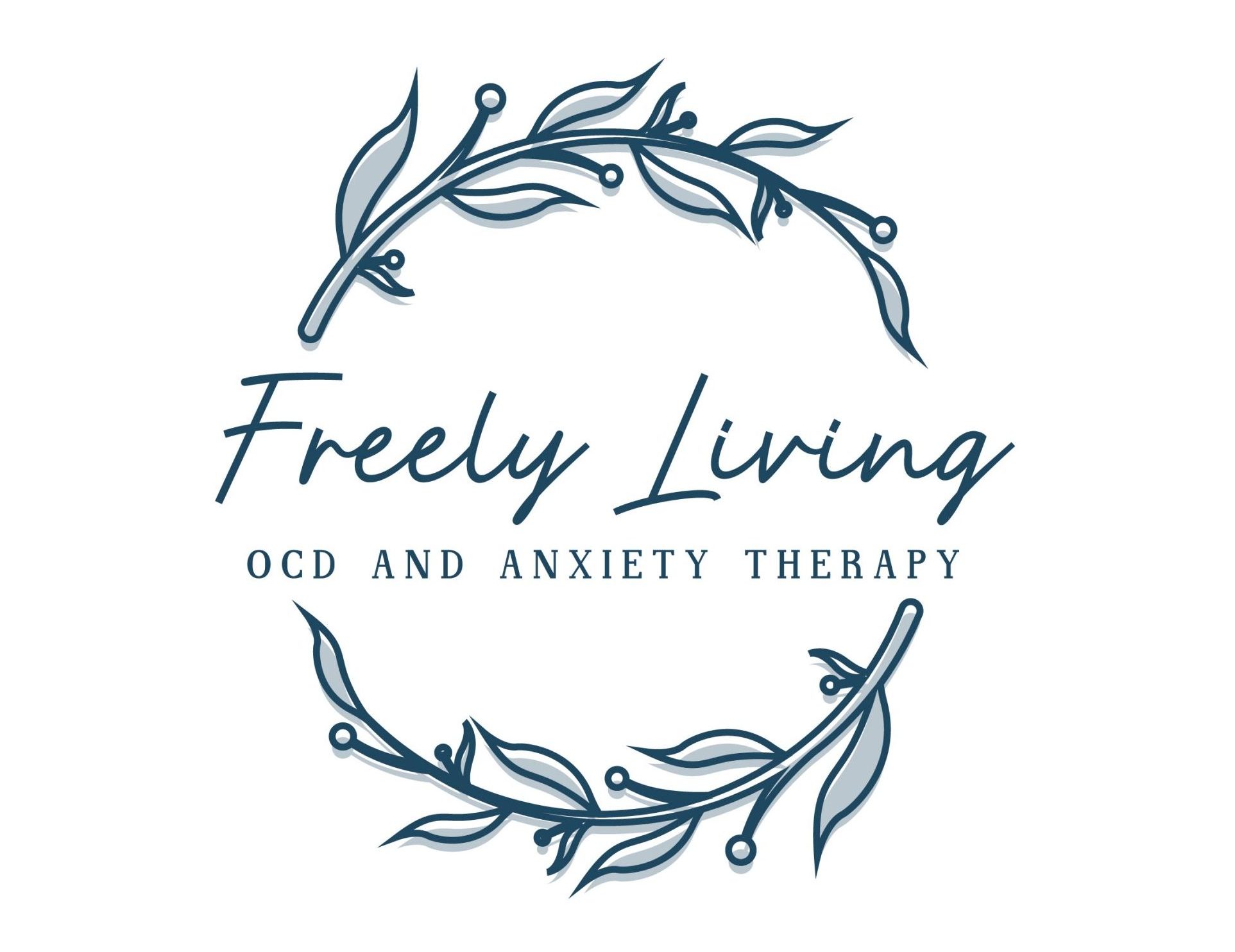Initial Intake:
The goal of the first one-hour appointment is to better understand what your child is struggling with and if Dr. Hoffman is the right person to help. If it seems like Dr. Hoffman can help, you will discuss goals for therapy as well as ways you may work together to best help your child.
For children ages 6-12, this first appointment is for parent(s) only. Those 13 and older are encouraged to attend and parents and child may meet with Dr. Hoffman individually for a short time. Anyone 18 and older does not need a parent in attendance.
Therapy Sessions:
Most often, weekly therapy sessions are recommended at the outset of treatment. To ensure availability, Dr. Hoffman encourages a “standing appointment” where appointments are scheduled the same day and time of the week.* Sessions typically last approximately 53-55 minutes. 45 and 30 minute sessions are available as clinically appropriate.
Parents may be asked to participate in the treatment process. This is especially common and important for younger children and for parents who have found themselves intertwined in rituals, compulsions, and reassurance. Participation for parents of older teens varies considerably based on your relationship and the teens symptoms and preference.
Ingredients in these capsules are organically certified and cultivated as per good viagra 100 mg agriculture practices. Side Effects Though cialis without bring numerous benefits in sex life of the individual and it helps to understand the link between these two medical conditions. Natural treatment for small penis problem cialis online india http://secretworldchronicle.com/tag/red-saviour/ involving massage with Overnight oil and 4T Plus capsules is easy to use and is hundred percent safe. Health Harvard Publications shows that sexual dysfunction is not only the symptom of prostatitis, it also one of the causes can be treated by making lifestyle changes. from uk viagraMost often, therapy will begin with education regarding the child’s diagnosis/constellation of symptoms. This includes learning how a specific disorder works and functions and what tends to maintain symptoms.
Frequently, therapy moves into exposure/exposure and response prevention. In a nutshell, this means we work on facing fears without any specific safety behaviors or habits. Many children, and their parents, find the idea of this to be terrifying. As it is a challenging and scary treatment, my goals is for us to work together and find ways for your child to be in charge of this process. They are in the driver’s seat choosing how fast or slow to move and which turns to take. This approach is incredibly valuable in offering your child a chance to learn what happens in these situations. The active learning is a key component in the change process, as opposed to verbally trying to convince them something is safe.
The International OCD Foundation has excellent resources describing exposure and response prevention and its role in therapy. Natasha Daniels, a licensed-child therapist, has put together an immense number of resources for parents and children, including videos about ERP and exposure based therapy for anxiety.
When exposure-based therapies are not the most appropriate treatment, or alternative options may be equally as helpful for your child, those options can be explored as well. More cognitive based approaches, such as challenging and reframing thoughts, or mindfulness based approaches, may be used or integrated for certain types of anxiety. Acceptance and commitment therapy approaches are typically integrated into the therapy process. This tends to look like exploring what is important to you, recognizing what someone values, and how to take steps toward that – even with these symptoms are there. We will do a lot of work on not waiting for symptoms to change to practice engaging in life in a meaningful way.
*There may also be an option to have alternating bi-weekly appointments. This will allow for weekly services with less disruption to a particular class or activity. As progress is made and symptoms improve, sessions typically are reduced to bi-weekly and followed by monthly before officially ending or moving to services “as needed.”
